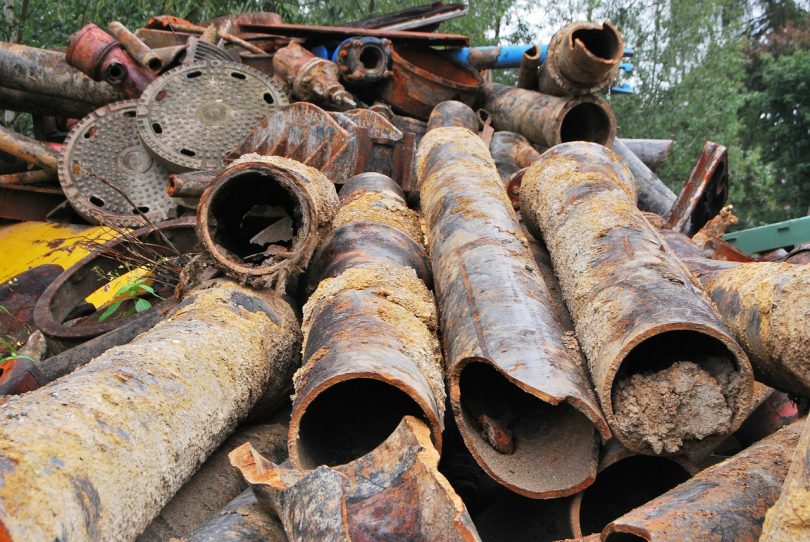
Detection of illegal dumping often begins with neighbours reporting activity to their local council. Photo: Supplied.
The high cost of waste disposal in the ACT is driving some in the building industry to find ways and places to dump waste illegally in regional NSW, leaving NSW councils with the difficult task of finding those responsible.
Bradley Allen Love Lawyers senior associate Alice Menyhart says it is hard to identify the offenders, but it is possible.
“There is no specific profile for illegal dumpers. The offenders range from builders and developers who are trying to reduce costs to contractors who are presumably charging to correctly dispose of commercial waste but instead dumping it on land without the proper approvals,” Ms Menyhart said.
The fill is often left in piles on vacant land in rural areas but some contractors are going to the effort of spreading the fill to avoid detection.
“If you look at photos of some of those sites, it would be difficult to see what has happened. Even large volumes of fill can be hidden if spread over a large area,” she said.
Disposal of waste without the correct approvals is a serious offence. Last year the NSW Land and Environment Court sentenced an offender to jail for a dumping-related offence. The problem for local governments in NSW is catching the offenders.
Of concern is waste contaminated with building rubbish, but some more unscrupulous dumpers are dumping asbestos-contaminated waste onto rural sites. Some of those sites are later redeveloped for rural residential housing compelling a strong response from NSW councils.
“The cost of dumping asbestos waste is significant and the closer to Canberra the more of an issue this becomes,” Ms Menyhart explained.
The Planning, Environment and Local Government Team at BAL Lawyers works to assist local councils to address the illegal dumping of waste in a range of ways. They provide advice on the initial investigation and evidence-gathering process, including on the use of the investigation powers given to local councils under the Environmental Planning and Assessment Act 1979 and the Protection of the Environment Operations Act 1997.
“We regularly provide advice to councils on their options to respond to a dumping incident. Councils usually have a range of options to respond to the illegal dumping of waste, but each of the different options has different advantages and disadvantages.
“We provide advice on what orders or notices are best supported by the evidence available and we can assist councils to draft orders and notices to ensure they are valid and can be enforced if necessary.”
Detection of illegal dumping often begins with neighbours reporting activity to their local council.
“Neighbours see and hear the trucks; people don’t like trucks on their road. A report to council by a resident will trigger the council to make further enquiries,” Ms Menyhart said.
The first check will see if there is a Development Application for the fill. The site will then be inspected, and samples may be taken and tested.
“If bonded asbestos is in the fill you may be able to see it but not all contaminants are visible to the eye, so they need to be checked.”
Landholders need to make sure they don’t unknowingly bring fill onto their land illegally. Council approval may be required and the fill must be certified as clean and must not contain contaminants like asbestos, chemicals or building waste. Without approval, councils or the EPA might order the fill to be removed and disposed of properly. Councils can order landowners and occupiers to do this at their expense.
“Where an order or notice is not complied with, we act for councils in proceedings in the Land and Environment Court of NSW to enforce compliance,” Ms Menyhart says.
“Councils can also decide to issue a penalty notice or prosecute someone for illegal dumping or causing a pollution incident, and we can assist councils with those processes as well. Dumping waste, particularly contaminated waste is taken seriously. Criminal prosecutions are there to act as a deterrent.”
The Planning, Environment and Local Government Team can be contacted at Bradley Allen Love Lawyers.

Bradley Allen Love Lawyers Planning, Environment and Local Government team members, Andrew Brickhill, Alice Menyhart and Victoria McGinness assisting councils to draft orders and notices ensuring they are valid and can be enforced.
This is a sponsored article, though all opinions are the author’s own. For more information on paid content, see our sponsored content policy.













